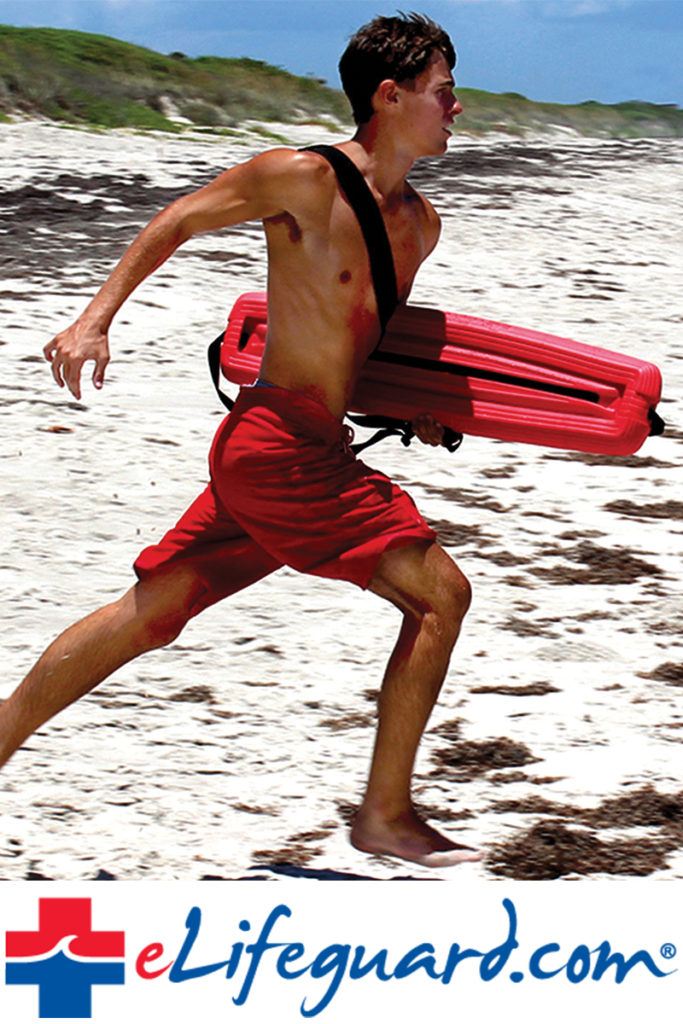American Presidents Who Were Once Lifeguards
Throughout history, American presidents have been remembered for their leadership, decision-making, and ability to navigate the complexities of national and international issues. However, an interesting and often overlooked aspect of some U.S. presidents’ backgrounds is their experience as lifeguards. Before they occupied the White House, some of these leaders spent time in the water, saving lives and honing skills that would shape their leadership abilities later in life. Here’s a look at a few American presidents who were once lifeguards.
 1. John F. Kennedy
1. John F. Kennedy
One of the most famous U.S. presidents to have worked as a lifeguard was John F. Kennedy. Before becoming the 35th President of the United States, JFK spent his summers as a lifeguard on the beaches of Cape Cod. His time as a lifeguard was during the 1930s, when he was a college student at Harvard University.
Kennedy’s experiences in the water are often cited as formative moments in his life. During his summers on the Cape, he is said to have rescued at least 30 people, showcasing not just physical courage but also his willingness to help others. This experience would later be linked to his famous call to public service, encapsulated in his inaugural address: “Ask not what your country can do for you – ask what you can do for your country.” Kennedy’s lifeguard days not only reflected his dedication to service but also honed his ability to remain calm under pressure – a trait that would serve him well in the high-stress environment of the presidency.
2. Richard Nixon
Before becoming the 37th president of the United States, Richard Nixon worked as a lifeguard in his youth. In the summer of 1929, at the age of 16, Nixon worked at the Whittier Narrows Recreation Park in Southern California. During his time there, Nixon is said to have saved several people from drowning, demonstrating his courage and quick thinking. His time as a lifeguard was also a formative experience, allowing him to build the sense of discipline and responsibility that would guide him throughout his political career.
Interestingly, Nixon’s lifeguard work has been a part of his personal narrative, illustrating his connection to public service from a young age. It is said that he took his job very seriously, and the stories of his rescues became well-known in his hometown of Whittier. Nixon’s experience as a lifeguard is often viewed as symbolic of his dedication to public duty and his readiness to take action when lives were at risk.
3. George H. W. Bush
George H. W. Bush, the 41st President of the United States, also has a background as a lifeguard. During the 1940s, while attending Phillips Academy in Andover, Massachusetts, Bush worked as a lifeguard. His job at the school’s swimming pool was one of his early steps into leadership. While working as a lifeguard, Bush was known for his calm demeanor and ability to keep control in difficult situations, qualities that would later define his presidential career.
Bush’s time as a lifeguard wasn’t just about rescuing swimmers; it was also a formative period where he developed a sense of responsibility. His time spent watching over others at the pool likely contributed to his sense of duty and his ability to take charge when necessary. Years later, as president, Bush would need those same leadership qualities during the Gulf War and the fall of the Soviet Union, both pivotal events in his presidency.
4. Franklin D. Roosevelt
Before he became the 32nd President of the United States, Franklin D. Roosevelt was a summer camp counselor and, at one point, worked as a lifeguard at a camp on the shores of Lake Campobello in New Brunswick, Canada. While he would later become known for his leadership during the Great Depression and World War II, his early exposure to the responsibilities of lifeguarding helped shape his character. The experience taught him about leadership, patience, and how to react quickly in times of crisis—skills that would be invaluable in his later political career.
Although Roosevelt’s lifeguard job may not have been as well-documented as Kennedy’s or Nixon’s, it is clear that he gained early leadership experience through roles that required vigilance and responsibility. His calm and reassuring demeanor, particularly in times of national crisis, can be traced back to lessons learned in those formative years.
5. Gerald Ford
 Before becoming the 38th President of the United States, Gerald Ford was well-known as an exceptional athlete. Ford worked as a lifeguard at the University of Michigan’s recreation pool, where he not only helped keep the swimmers safe but also built relationships with fellow students and athletes. His leadership skills, honed through both athletics and lifeguarding, would serve him well during his presidency.
Before becoming the 38th President of the United States, Gerald Ford was well-known as an exceptional athlete. Ford worked as a lifeguard at the University of Michigan’s recreation pool, where he not only helped keep the swimmers safe but also built relationships with fellow students and athletes. His leadership skills, honed through both athletics and lifeguarding, would serve him well during his presidency.
Ford’s work as a lifeguard is often considered part of his commitment to helping others. His sense of duty and level-headedness in tough situations would translate into his ability to guide the country through turbulent times, particularly during the Watergate scandal and his subsequent presidency following Richard Nixon’s resignation.
Why Lifeguarding Matters in Shaping Leadership
While it may seem like an unusual or inconsequential part of a presidential resume, the time spent as a lifeguard undoubtedly shaped the character of these future leaders. Lifeguarding is a job that demands a quick response to emergencies, the ability to remain calm under pressure, and a dedication to serving others—traits that are essential for any president.
The lifeguard experience also teaches individuals to assess situations quickly, make tough decisions on the fly, and act decisively when necessary. These skills translate directly into political leadership, where presidents are often faced with high-pressure situations that require immediate and effective responses.
Conclusion
While their roles as lifeguards may not be the first thing that comes to mind when thinking about American presidents, the experiences of John F. Kennedy, Richard Nixon, George H. W. Bush, Franklin D. Roosevelt, and Gerald Ford as lifeguards contributed to the development of their leadership qualities. Each of these men took on responsibility at a young age, demonstrated quick thinking in emergencies, and gained valuable life skills that would shape their time in office. In a way, their lifeguard backgrounds were an early lesson in public service—one that would guide them throughout their careers, from the swimming pools and beaches to the Oval Office.
To be sure that you are not missing out on any of our lifeguard videos & stories, please subscribe to our newsletter here!
For videos, articles, & events about lifeguarding related industry topics, visit www.lifeguardtv.com





